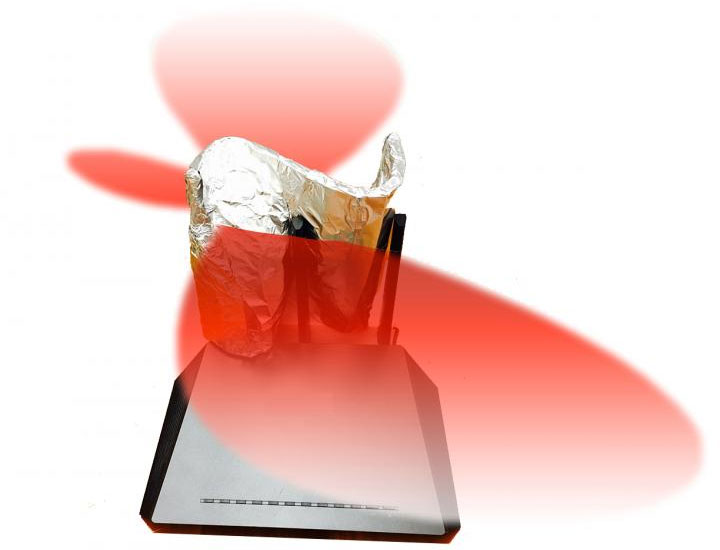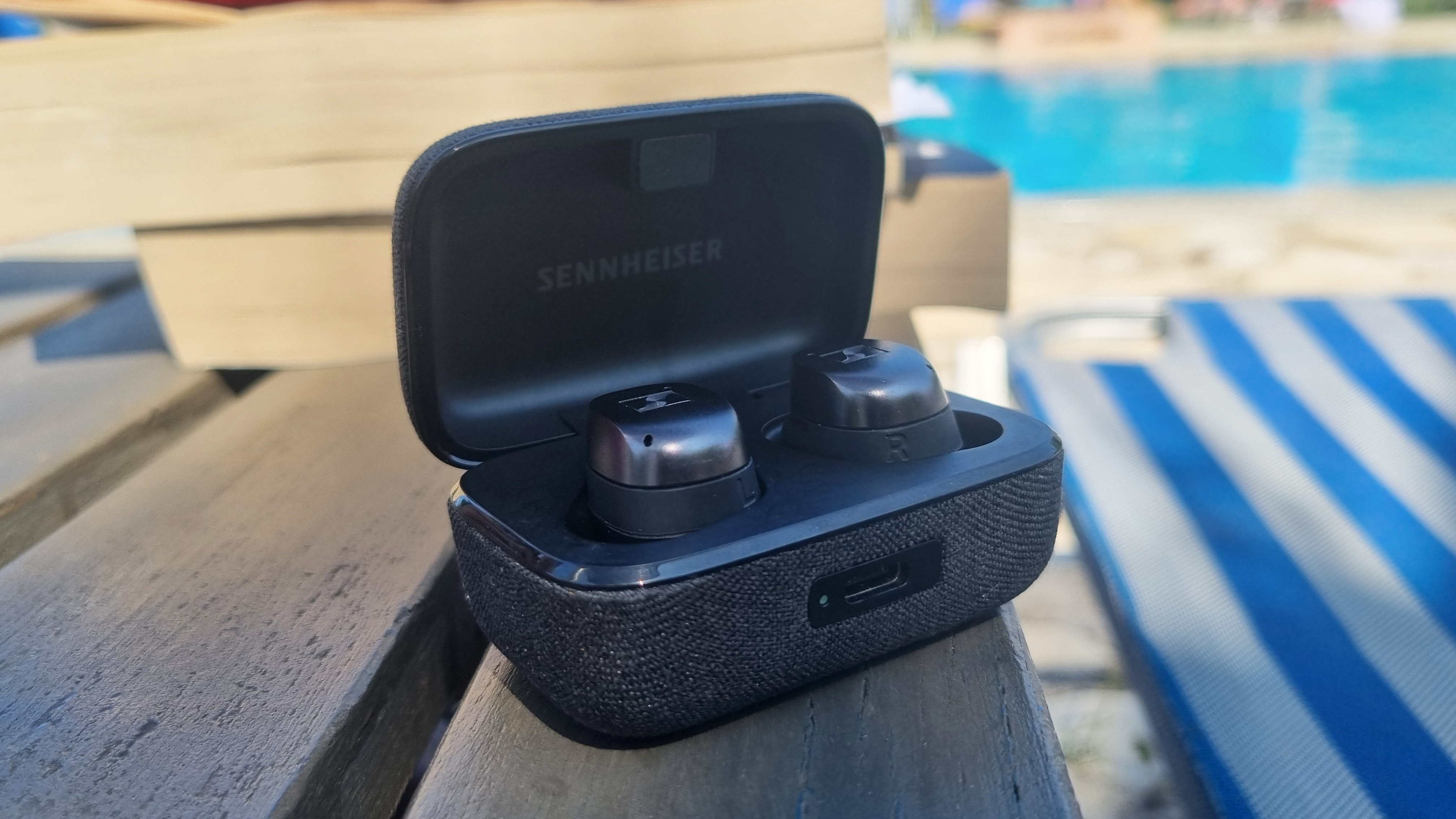You can actually improve your Wi-Fi signal with aluminum foil
Applying an aluminum reflector to a router's antennas can strengthen the signal and make it more secure to boot.

If you're old enough to remember rabbit ears on televisions, then you probably at some point played around with wrapping aluminum foil on the antenna to improve the signal. Fast forward a few decades later and you might still want to use aluminum foil to improve signal strength, only now for your wireless router instead of your TV.
Xia Zhou, an assistant professor of computer science at Dartmouth College, is getting ready to present research at ACM's BuildSys 2017 in Delft, Netherlands, that outlines how a customized reflector placed on a router's antennas can direct wireless signals where they are most needed.
"Through this single solution, we address a number of challenges that plague wireless users," said Xia Zhou, an assistant professor of computer science at Dartmouth. "Not only do we strengthen wireless signals, we make those same signals more secure."
Routers typically splash wireless signals in all directions and cover a certain range. The advent of beamforming, which hones in on a specific device for a stronger signal, has helped, but Zhou points out that performance can degrade when there are multiple access points transmitting data in an uncoordinated manner. Futhermore, wireless transmissions are vulnerable to eavesdropping and other security and privacy attacks.
"Addressing both concerns requires judicious control over how wireless signals propagate in an environment. Specifically, we aim to strengthen the signal in regions where high performance is desired, and weaken the signal in regions where malicious third-parties could potentially be eavesdropping," Zhou states in her research paper (PDF).
Zhou's proposes 3D printing a reflector from glossy metals like aluminum and weaving it through a router's antennas to direct the wireless signals where they need to go. She calls this technology WiPrint. It is essentially an improvement upon previous studies in which placing an aluminum soda can behind a Wi-Fi access point can strengthen a wireless signal in one direction.
The 3D printed signal reflector is "computationally optimized" using an algorithm to redirect signals as desired. Zhou and her team of researchers tested the reflector with several off-the-shelf Wi-Fi access points, including ones based on the 802.11ac spec.
Keep up to date with the most important stories and the best deals, as picked by the PC Gamer team.
"With a simple investment of about $35 and specifying coverage requirements, a wireless reflector can be custom-built to outperform antennae that cost thousands of dollars," Zhou said.
Paul has been playing PC games and raking his knuckles on computer hardware since the Commodore 64. He does not have any tattoos, but thinks it would be cool to get one that reads LOAD"*",8,1. In his off time, he rides motorcycles and wrestles alligators (only one of those is true).


